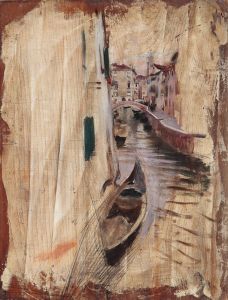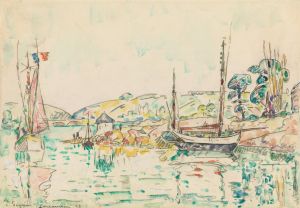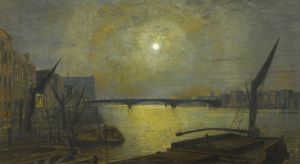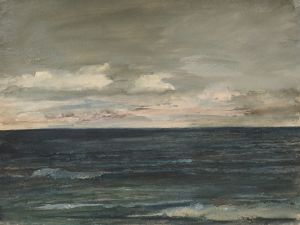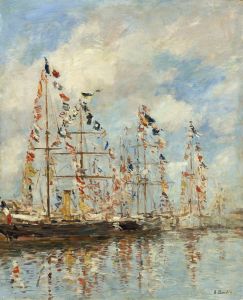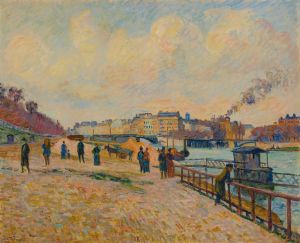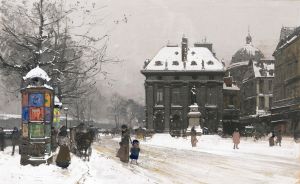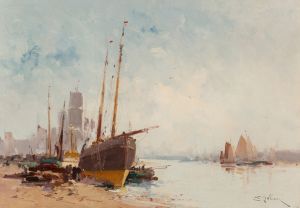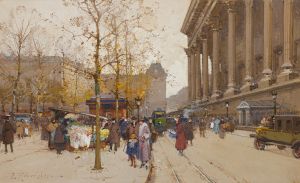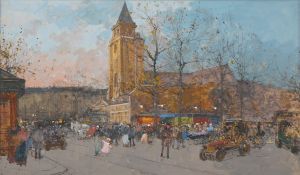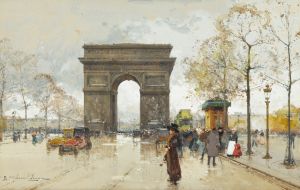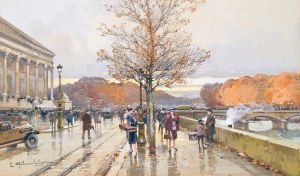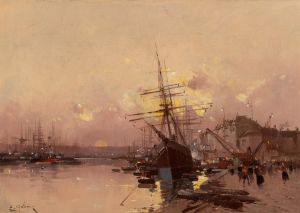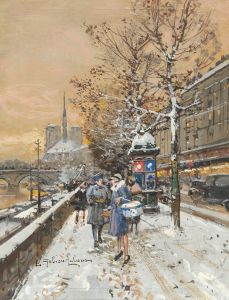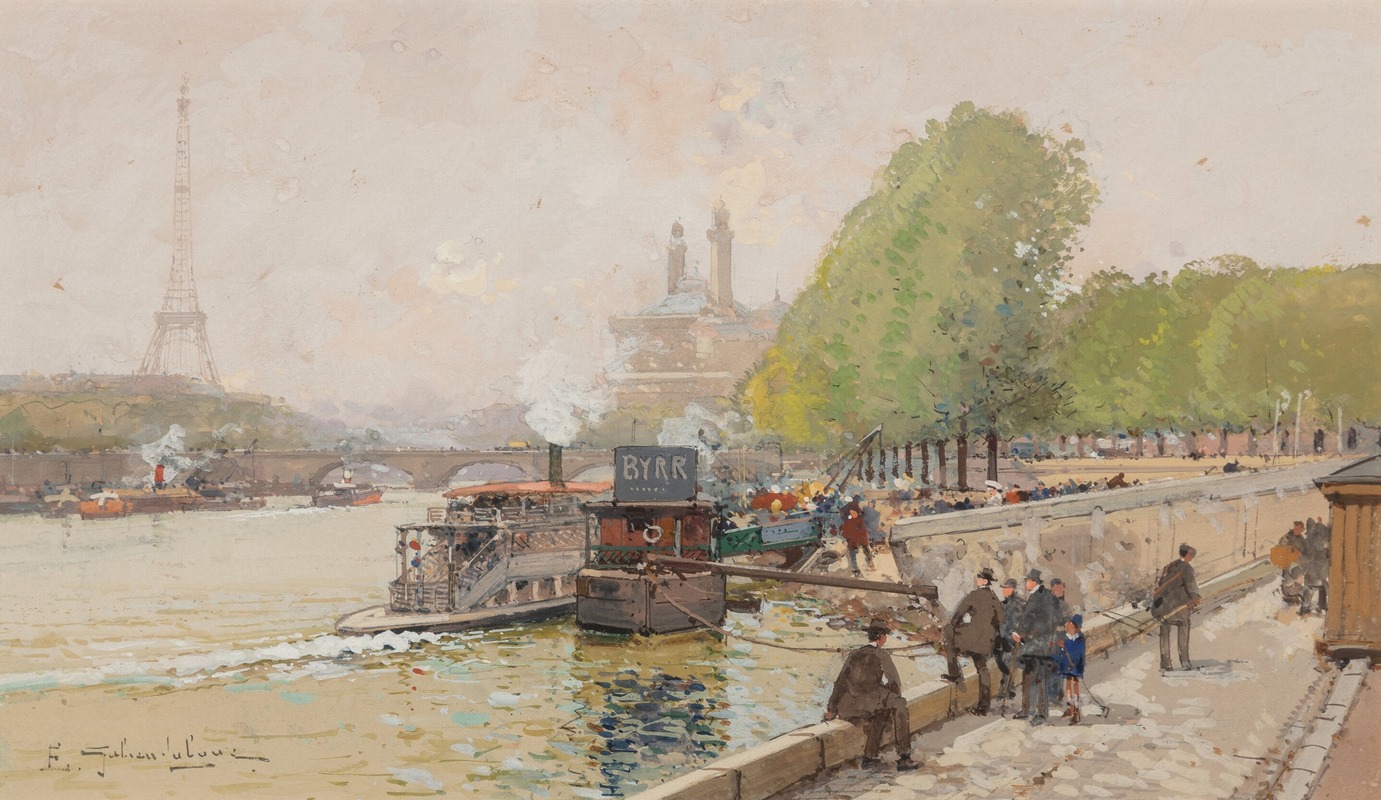
Quai de Passy
A hand-painted replica of Eugène Galien-Laloue’s masterpiece Quai de Passy, meticulously crafted by professional artists to capture the true essence of the original. Each piece is created with museum-quality canvas and rare mineral pigments, carefully painted by experienced artists with delicate brushstrokes and rich, layered colors to perfectly recreate the texture of the original artwork. Unlike machine-printed reproductions, this hand-painted version brings the painting to life, infused with the artist’s emotions and skill in every stroke. Whether for personal collection or home decoration, it instantly elevates the artistic atmosphere of any space.
Eugène Galien-Laloue was a French painter known for his picturesque depictions of Parisian street scenes and landscapes. Born in 1854, Galien-Laloue was a prolific artist who captured the essence of late 19th and early 20th-century Paris. His works are celebrated for their detailed portrayal of urban life, often featuring bustling streets, horse-drawn carriages, and the vibrant atmosphere of the city.
One of his notable works is "Quai de Passy," which exemplifies his skill in capturing the charm and vitality of Paris. The Quai de Passy is a location along the Seine River in Paris, and Galien-Laloue's painting likely depicts this area with his characteristic attention to detail and atmospheric effects. His paintings often feature a soft, muted color palette, which adds a sense of nostalgia and warmth to the scenes he portrays.
Galien-Laloue's technique involved the use of gouache, a type of opaque watercolor, which allowed him to achieve fine details and a luminous quality in his work. This medium was particularly effective in rendering the delicate interplay of light and shadow, a hallmark of his style. His ability to depict the nuances of light, whether it be the glow of street lamps or the reflection of sunlight on wet pavements, brought his scenes to life and made them resonate with viewers.
The artist's work is often associated with the Belle Époque period, a time of cultural flourishing in France that spanned from the late 19th century until the outbreak of World War I. This era was marked by optimism, economic prosperity, and a flourishing of the arts, all of which are reflected in Galien-Laloue's vibrant cityscapes. His paintings serve as a visual record of this dynamic period in Parisian history, capturing the spirit of the time with authenticity and charm.
Galien-Laloue's paintings were popular during his lifetime, and he exhibited regularly at the Salon des Artistes Français. His works were sought after by collectors and continue to be appreciated for their historical and artistic value. Today, his paintings are held in private collections and museums, where they are admired for their technical skill and evocative portrayal of a bygone era.
Despite his success, Galien-Laloue remained somewhat private, and not much is known about his personal life. He worked under several pseudonyms, including "L. Dupuy" and "Juliany," which was a common practice among artists of the time to avoid contractual restrictions with galleries. This practice has sometimes made it challenging to attribute certain works definitively to him.
In summary, Eugène Galien-Laloue's "Quai de Passy" is a testament to his mastery in capturing the essence of Paris during the Belle Époque. Through his detailed and atmospheric paintings, Galien-Laloue offers a window into the past, allowing contemporary audiences to experience the charm and vibrancy of historical Paris. His work remains a significant contribution to the canon of French art, celebrated for its beauty and historical insight.





